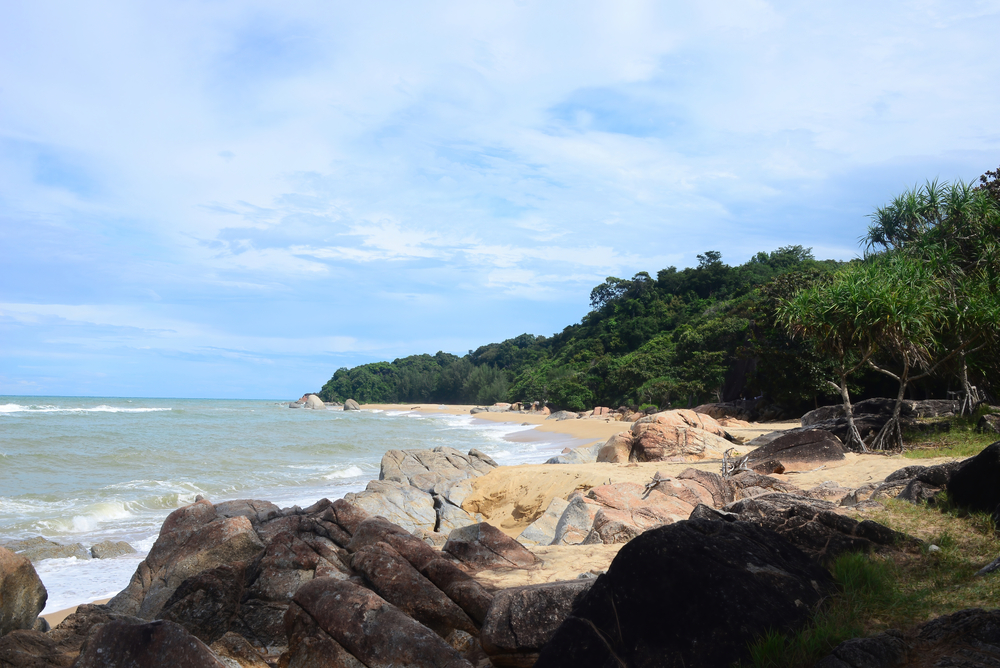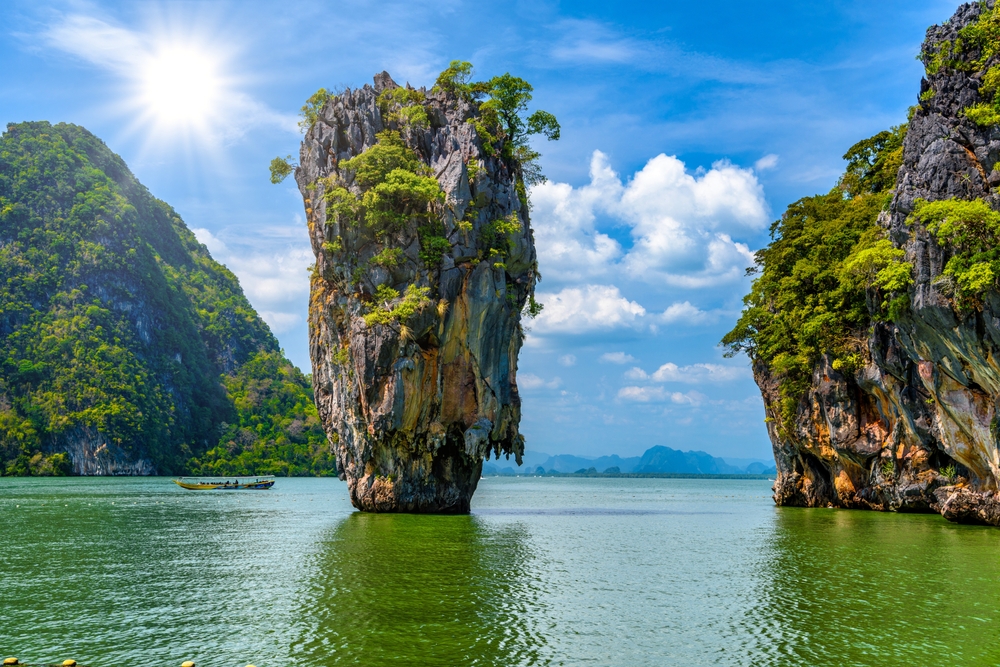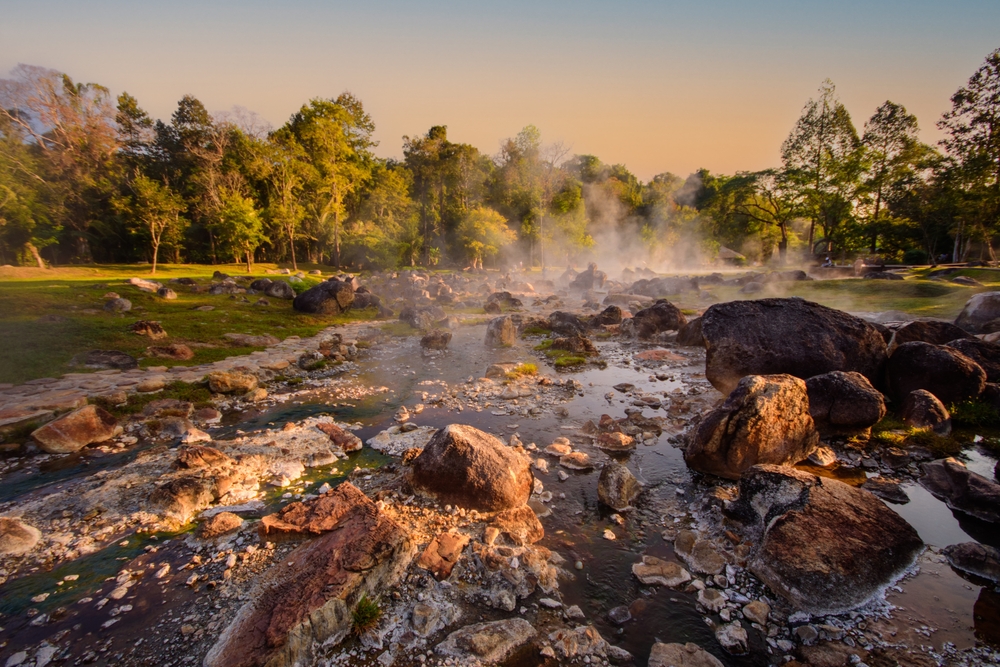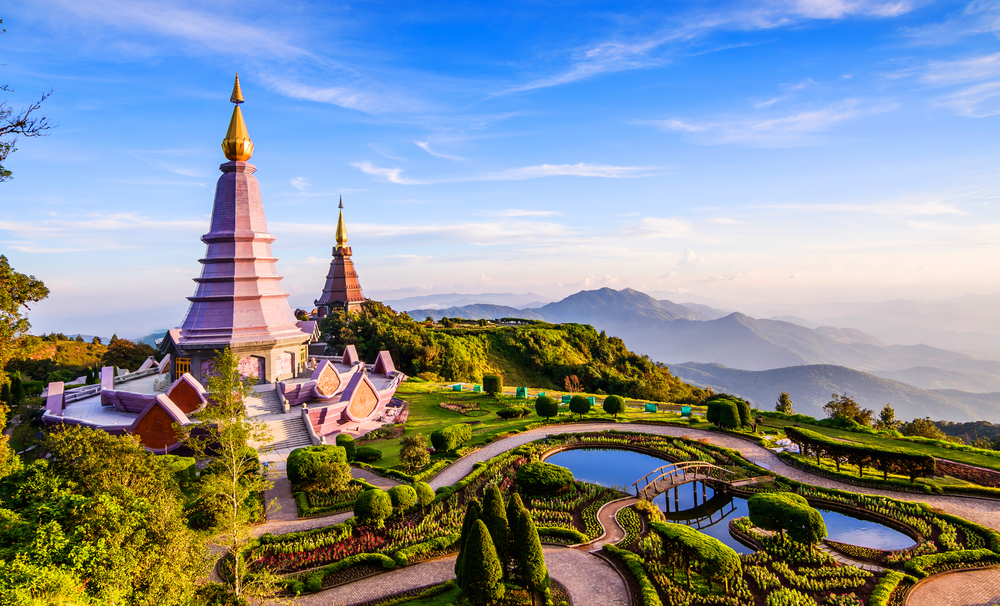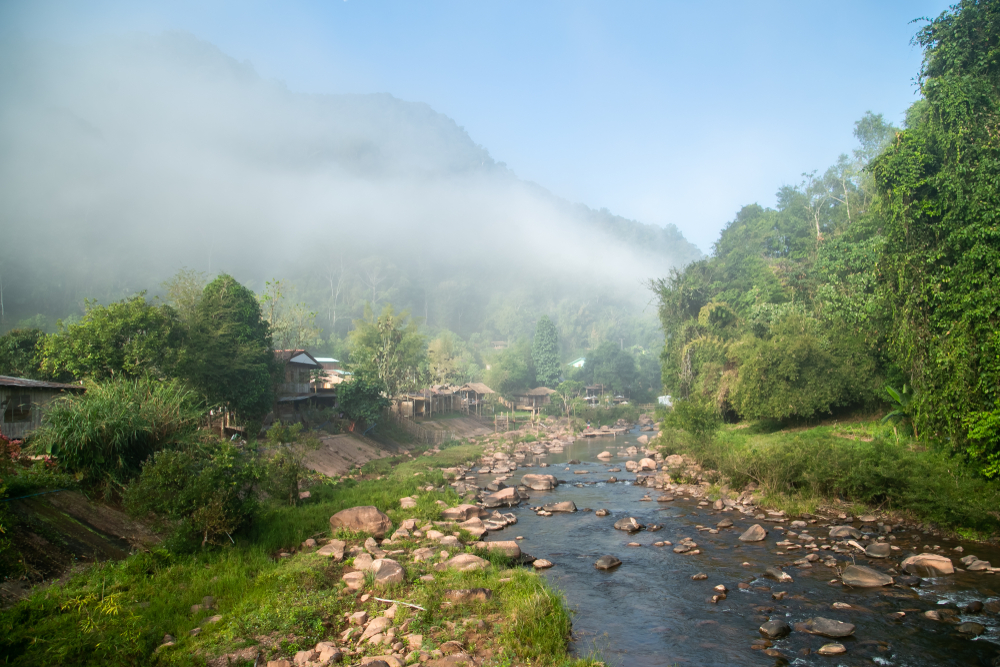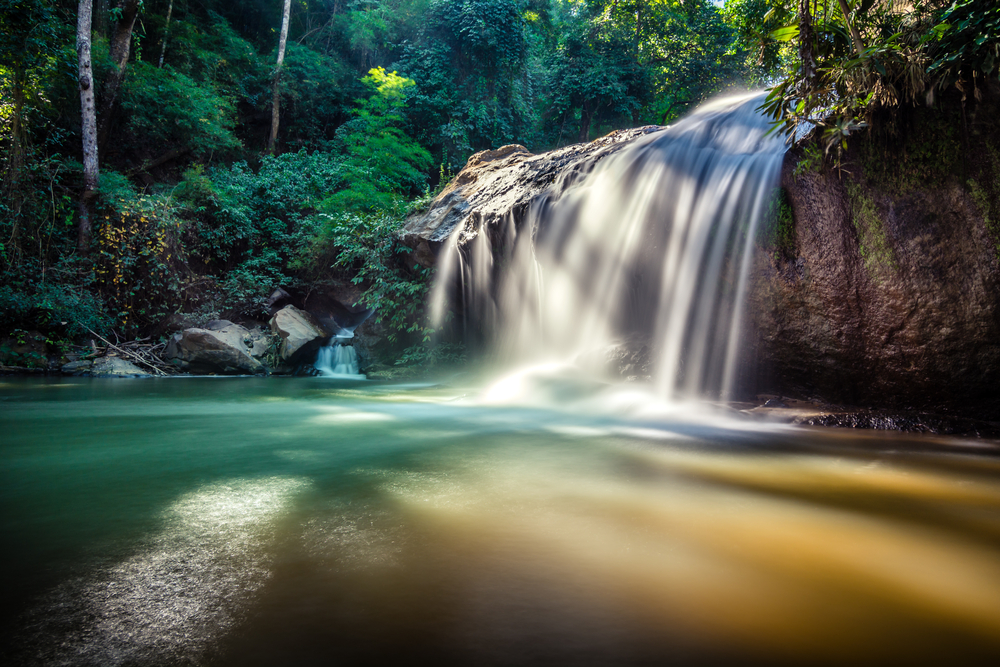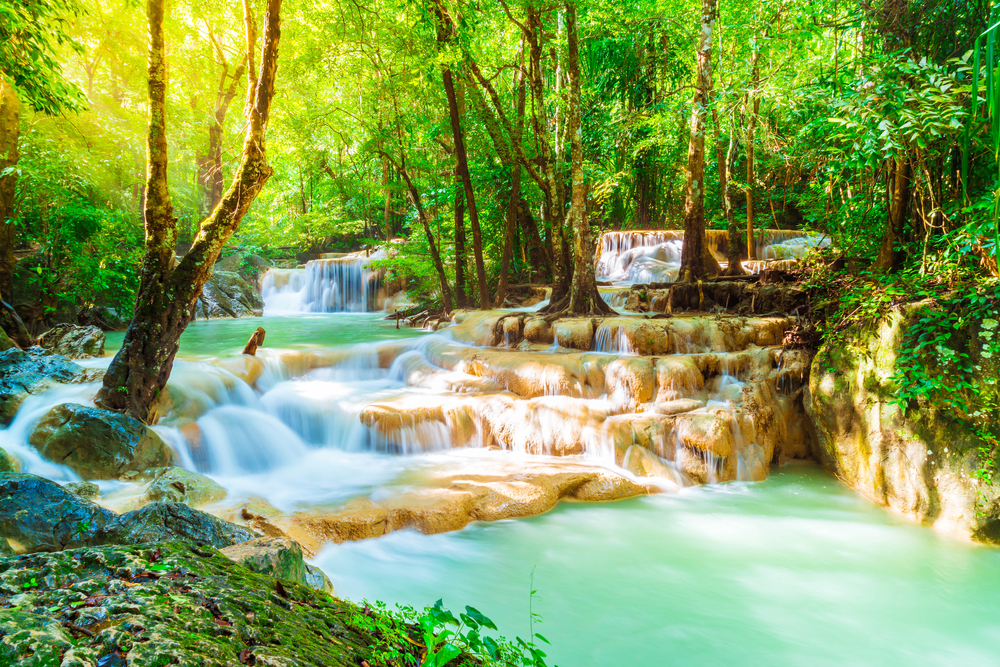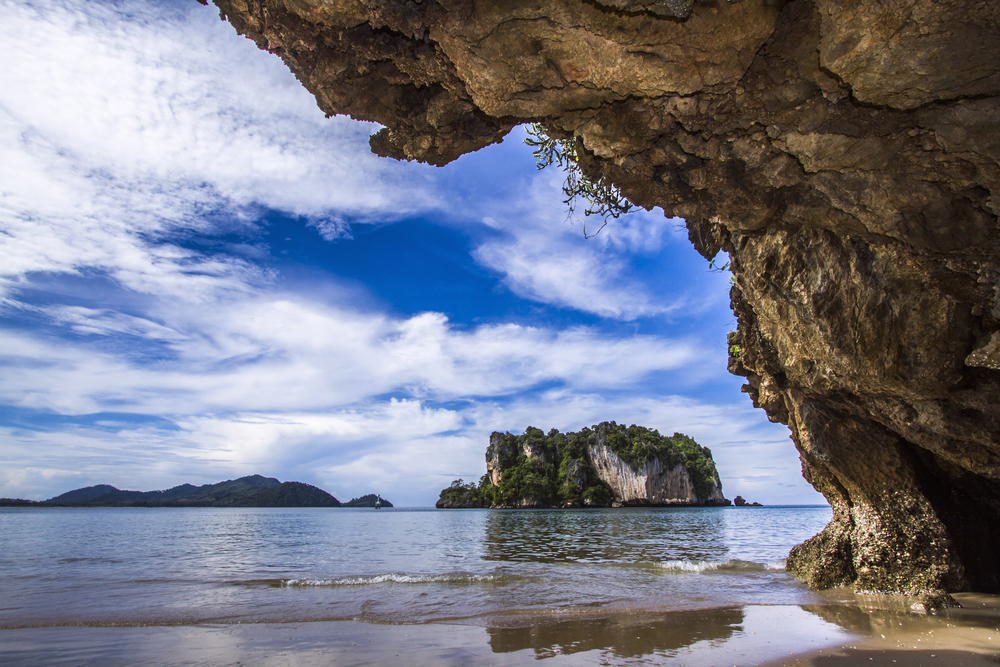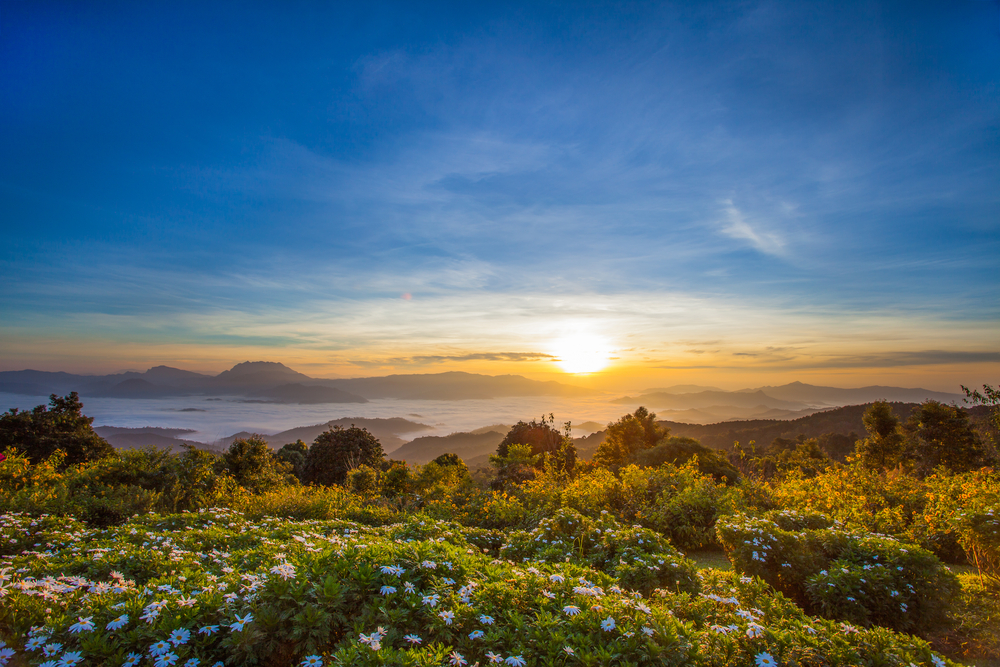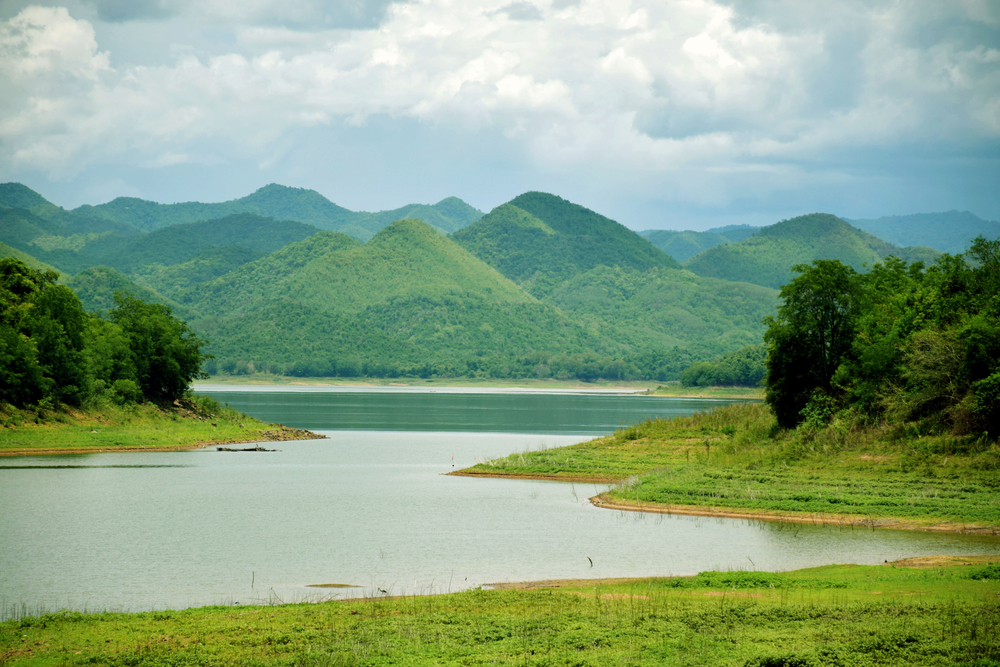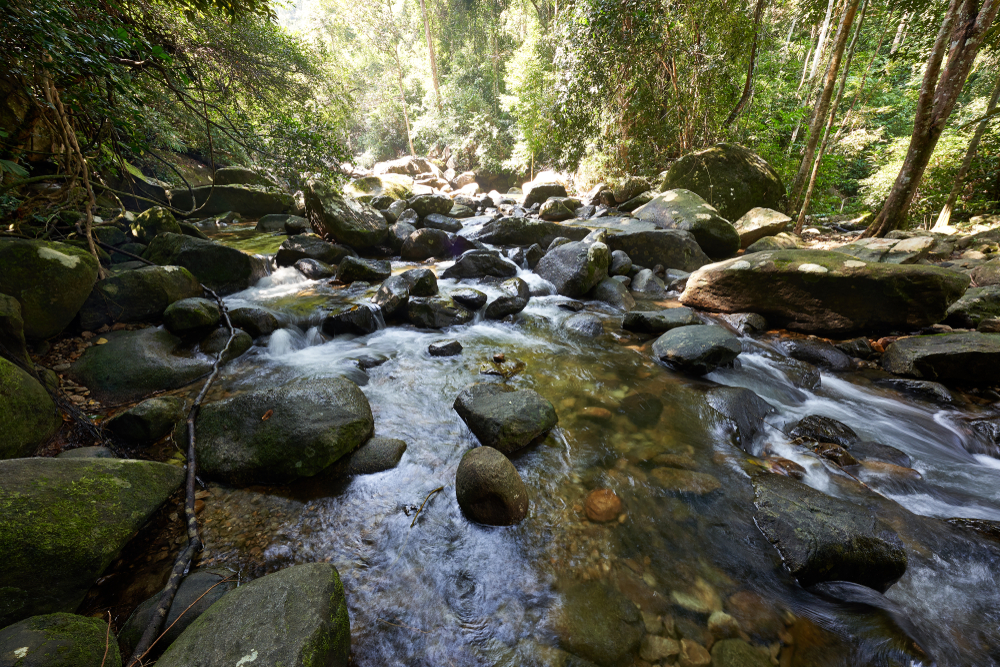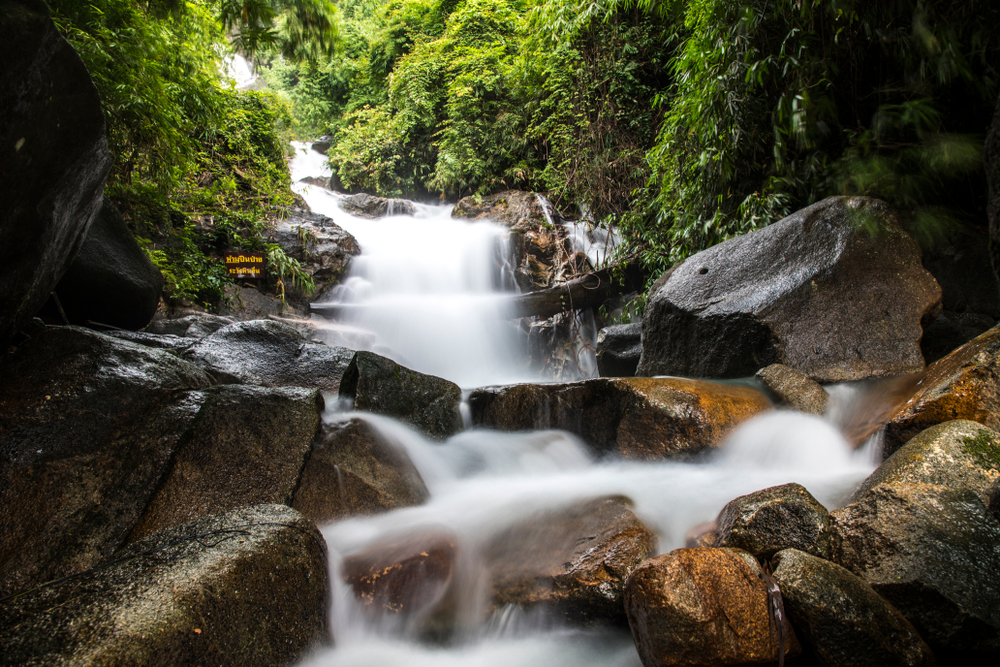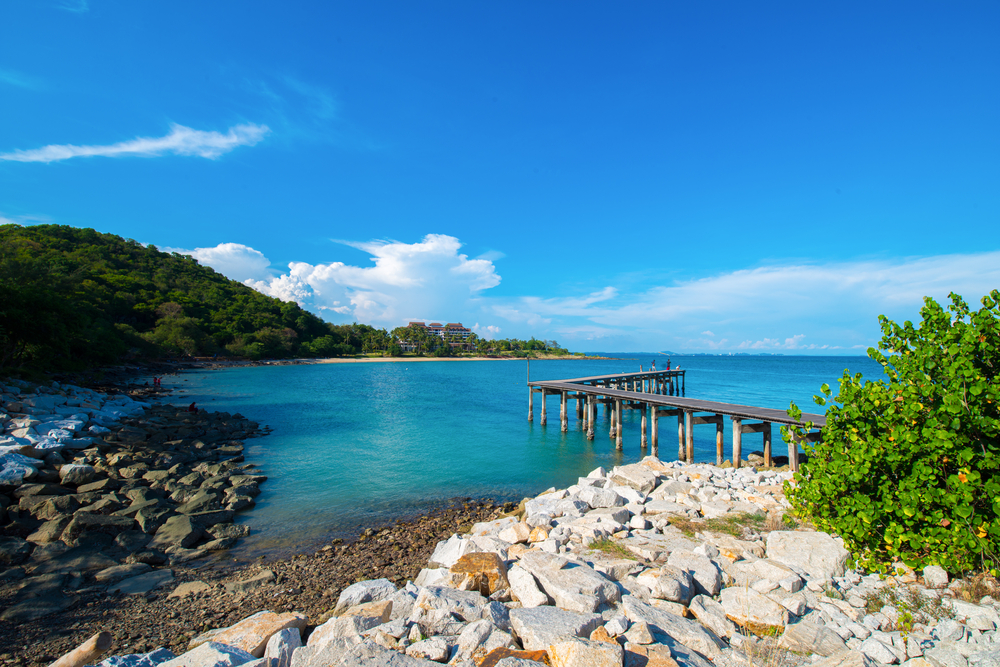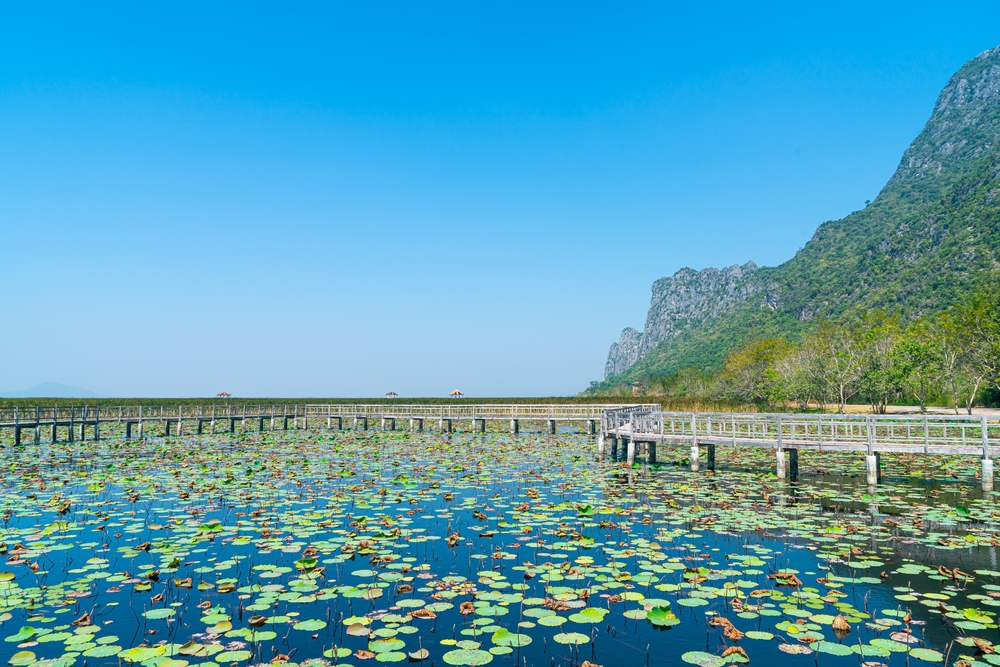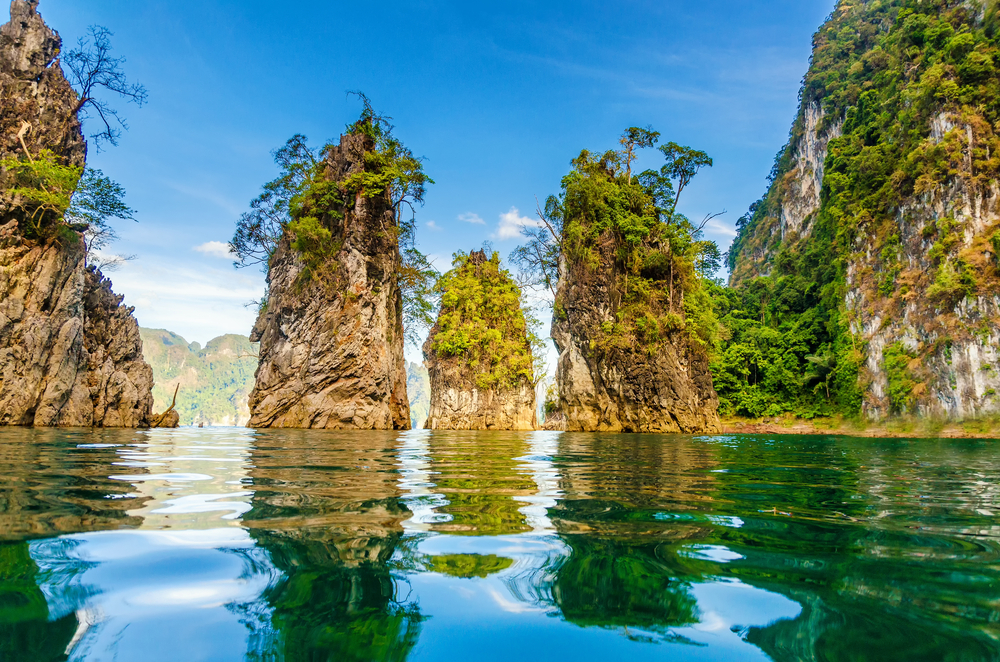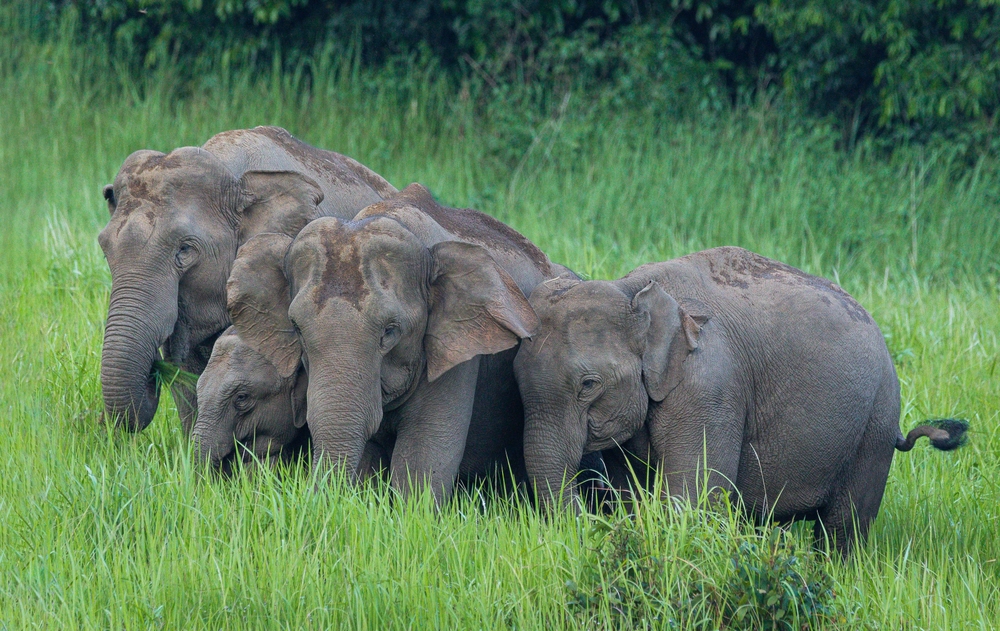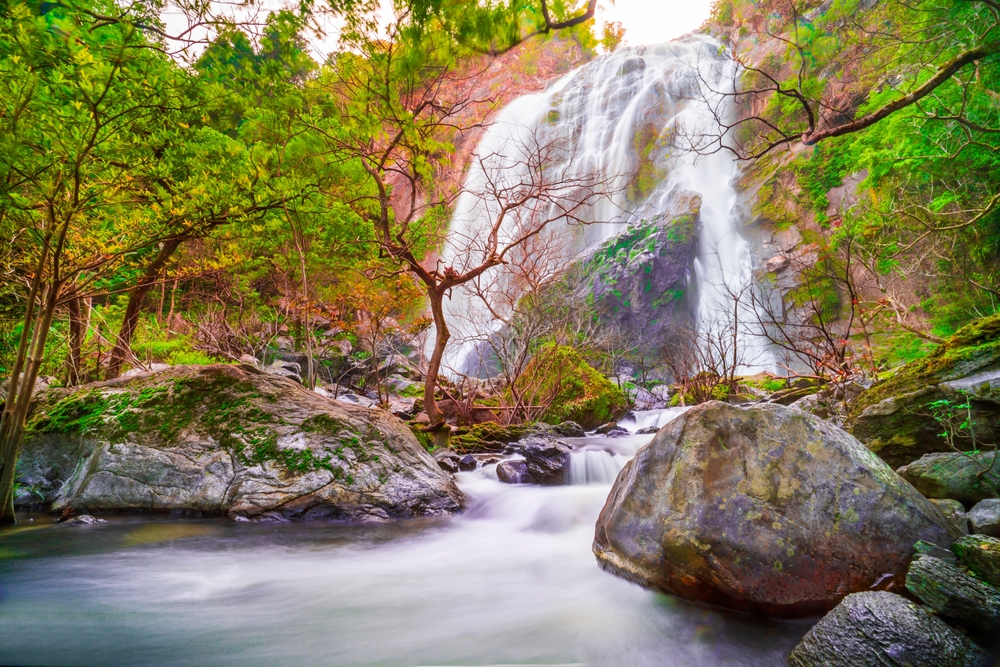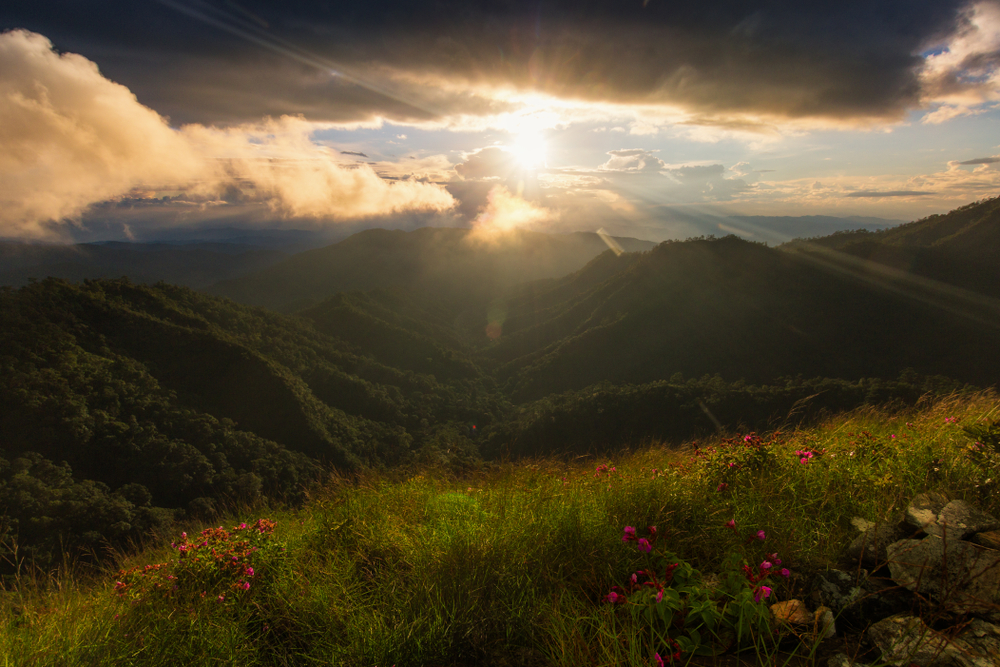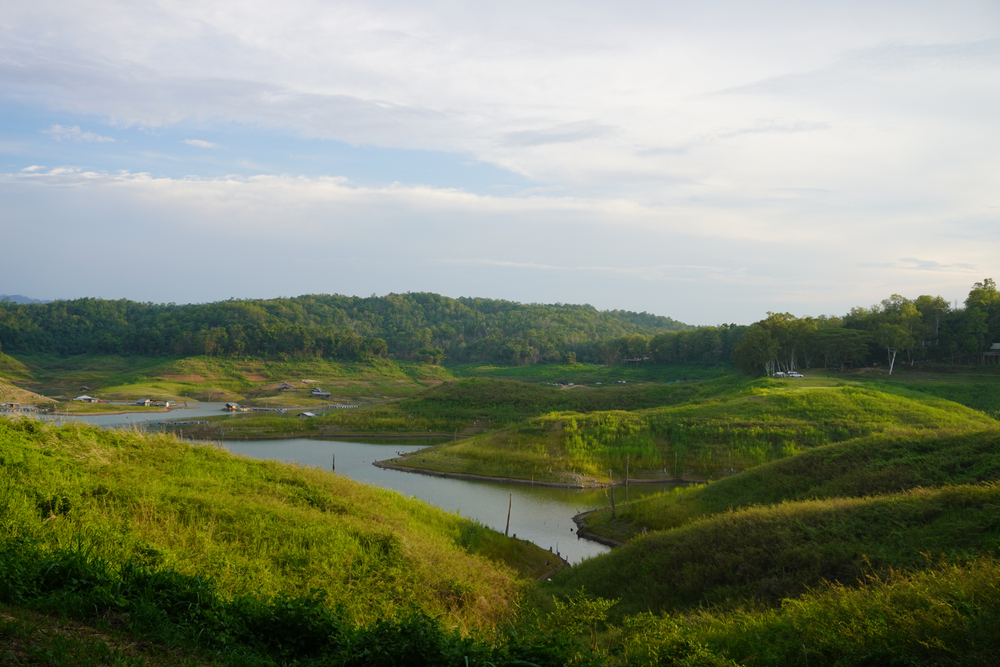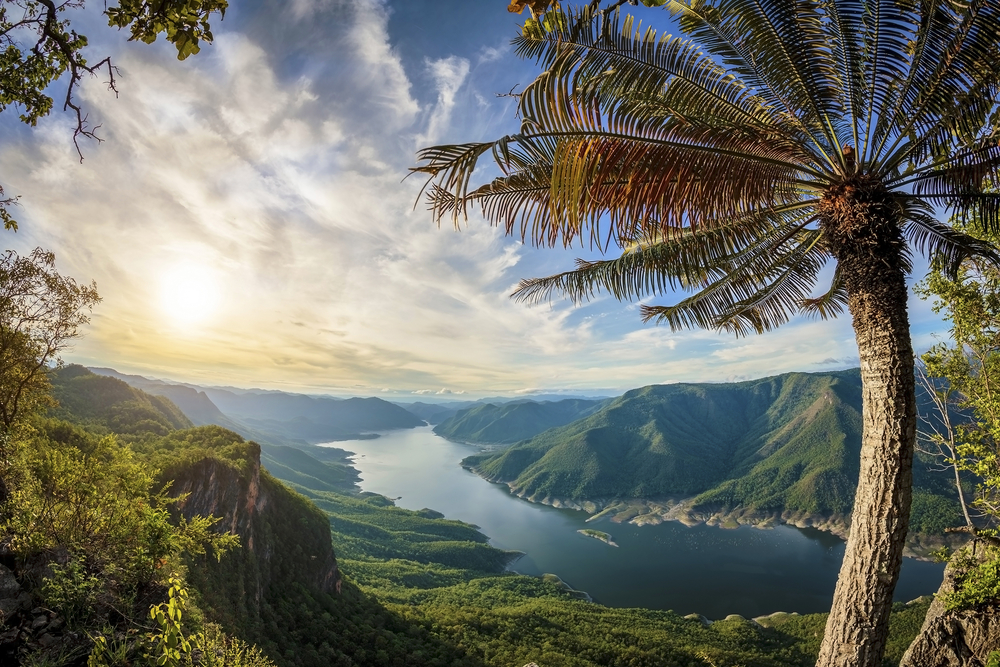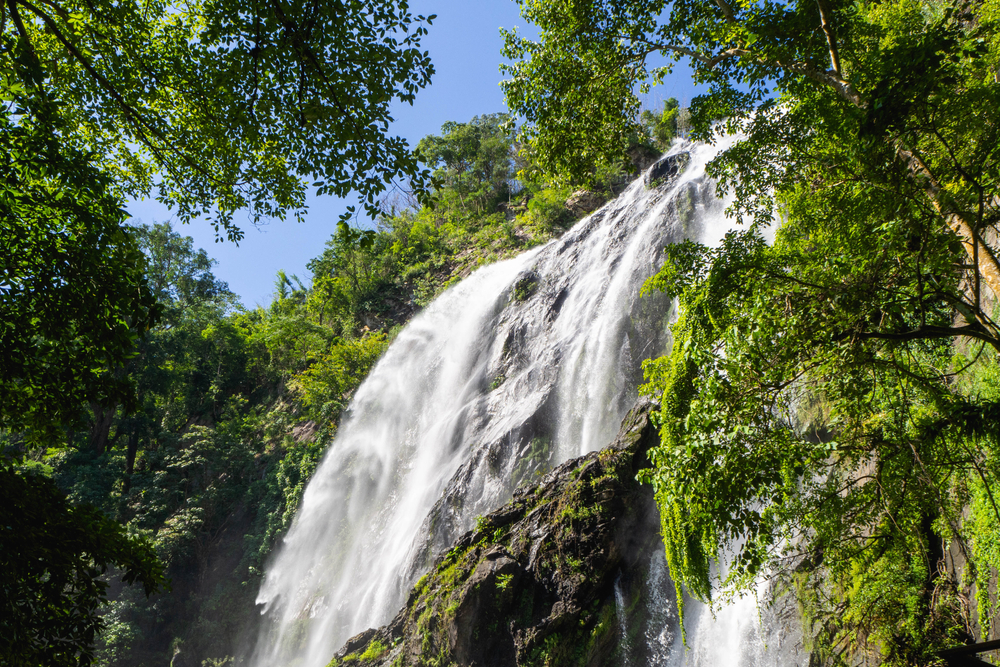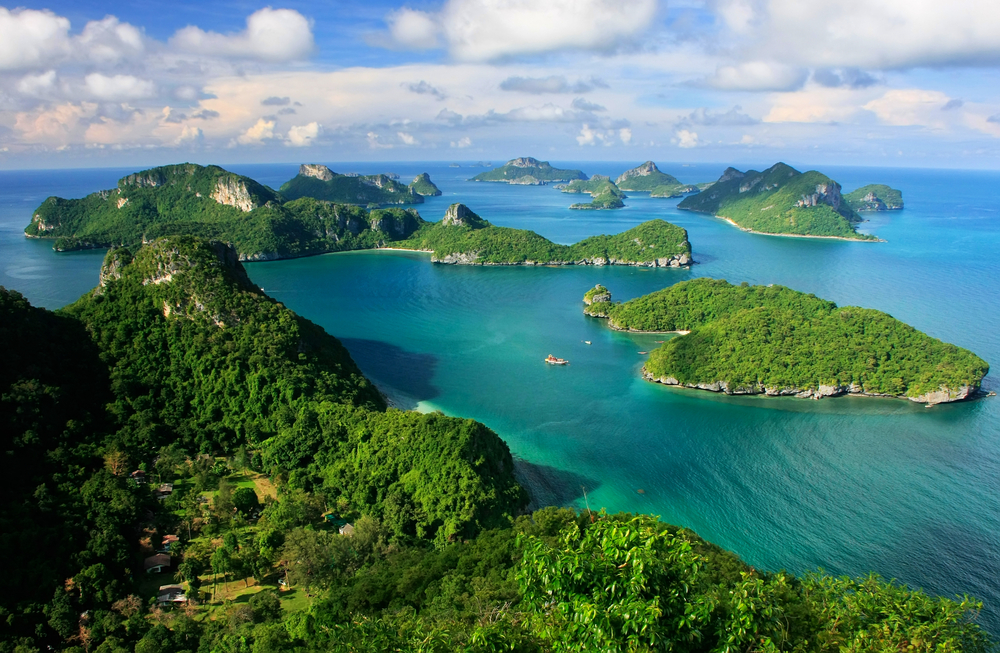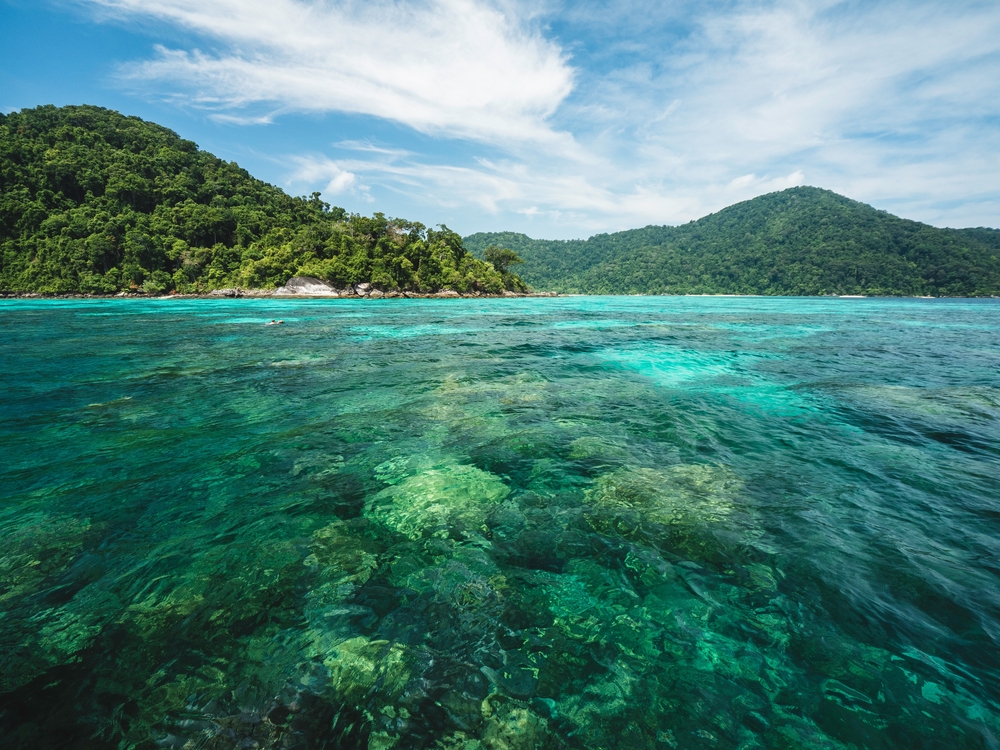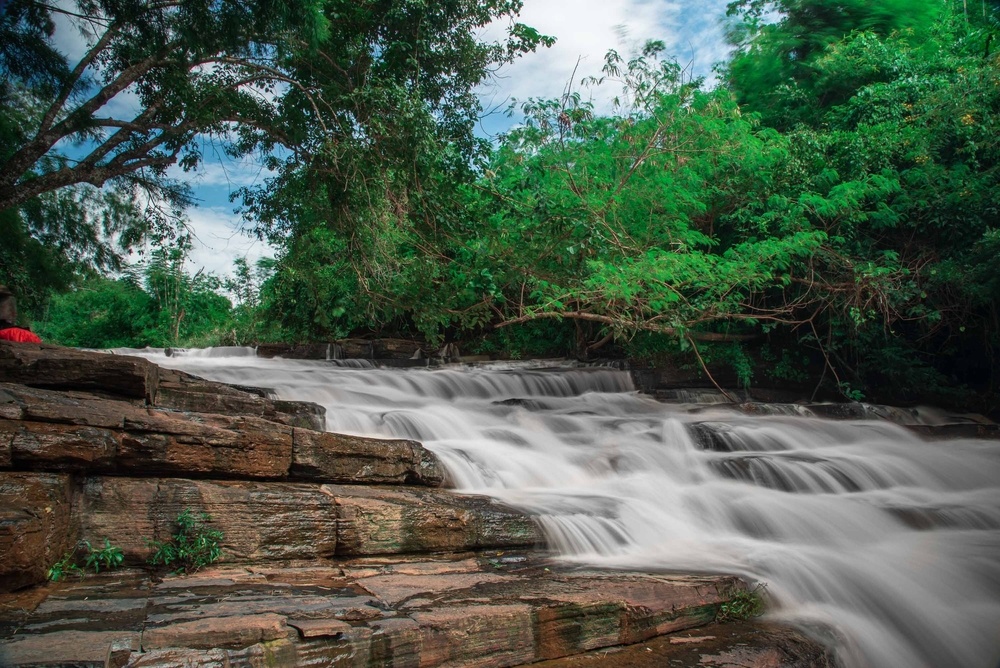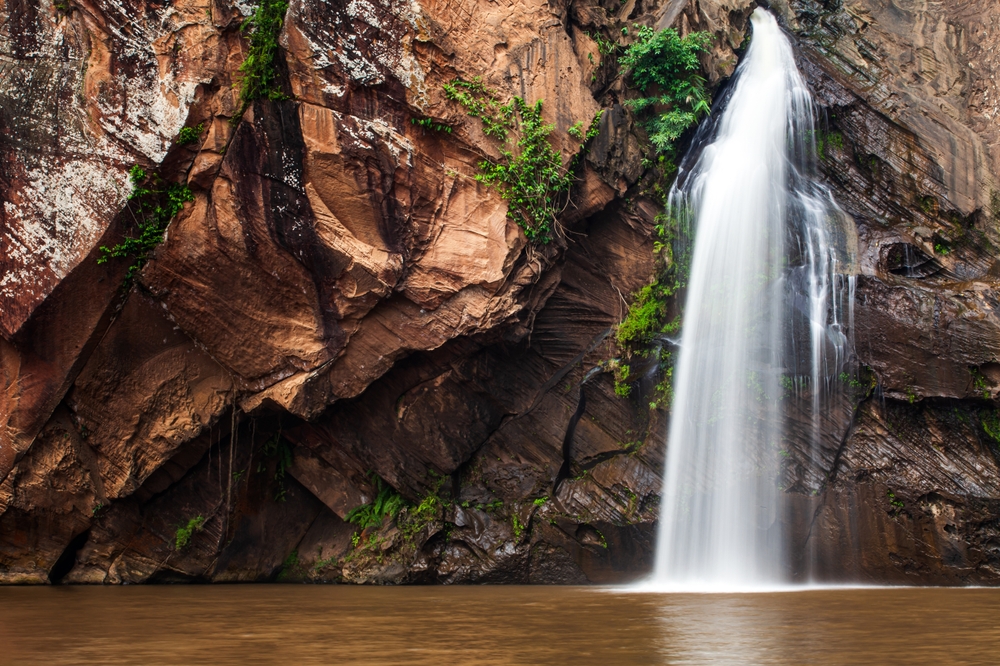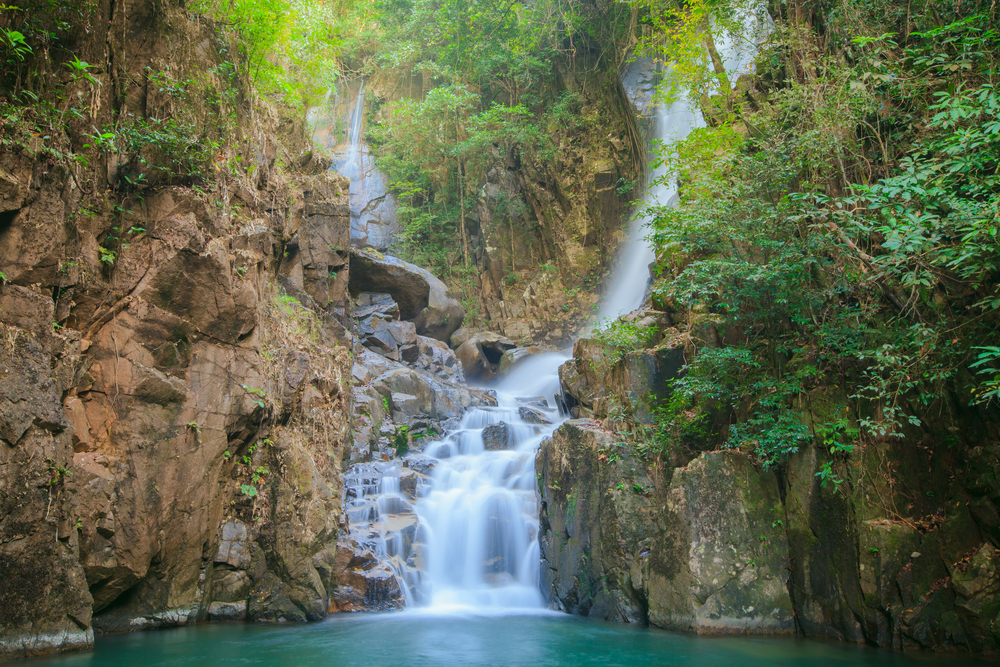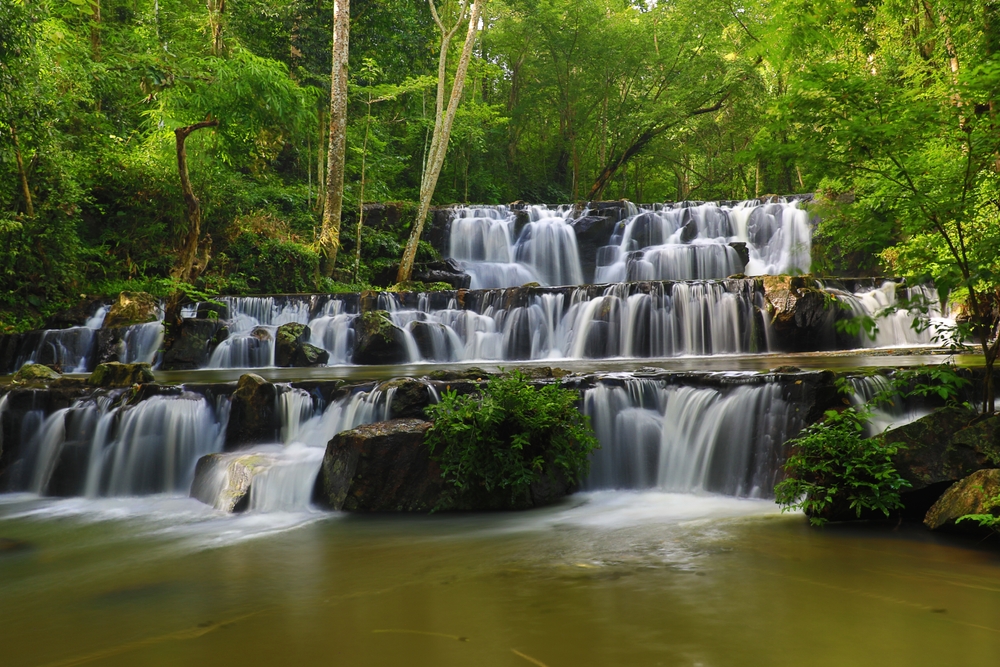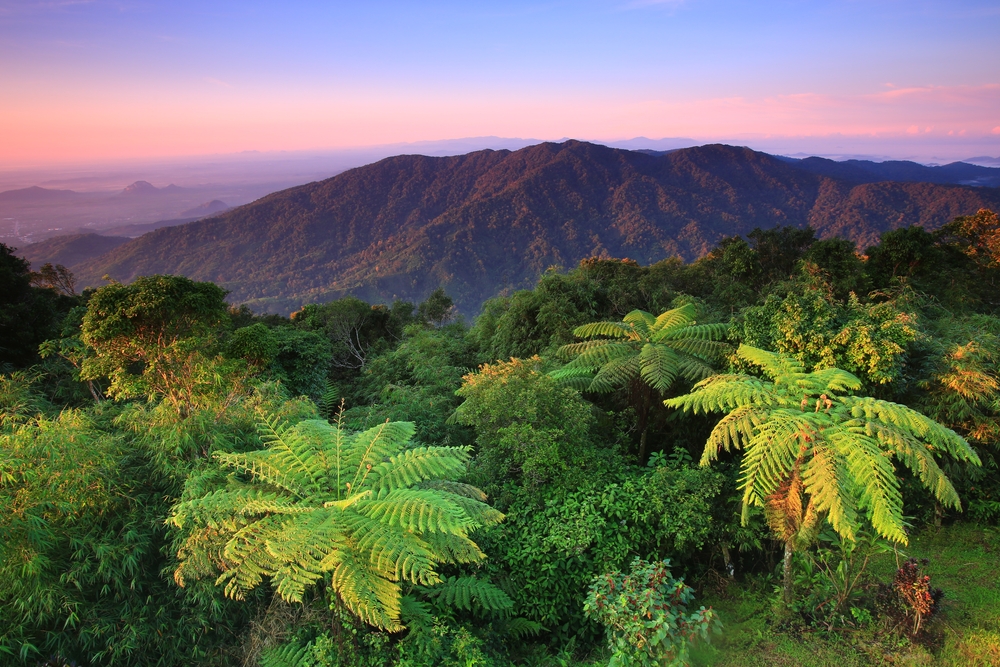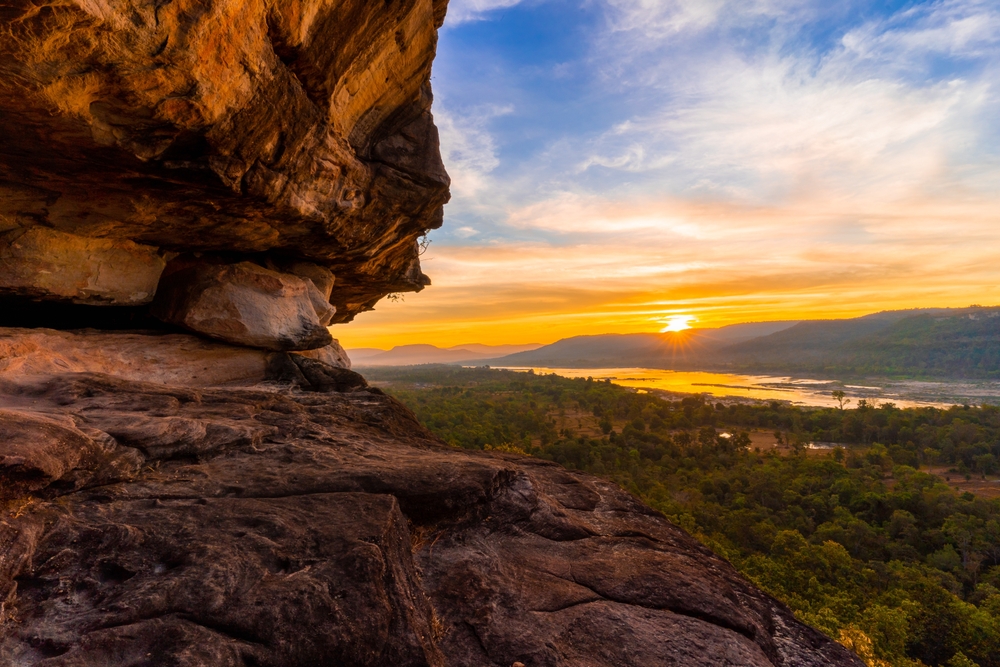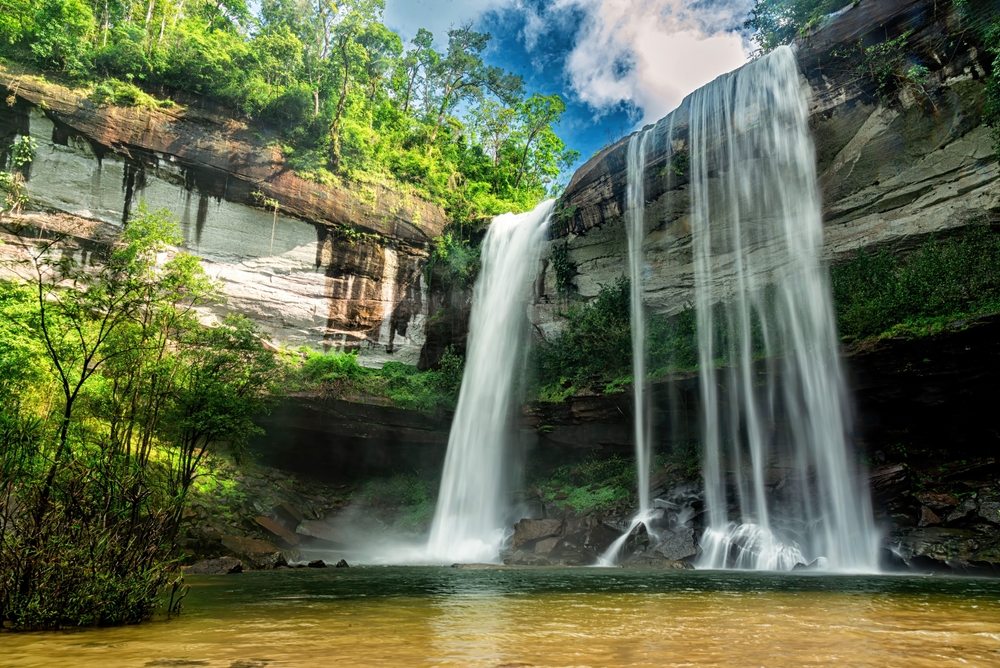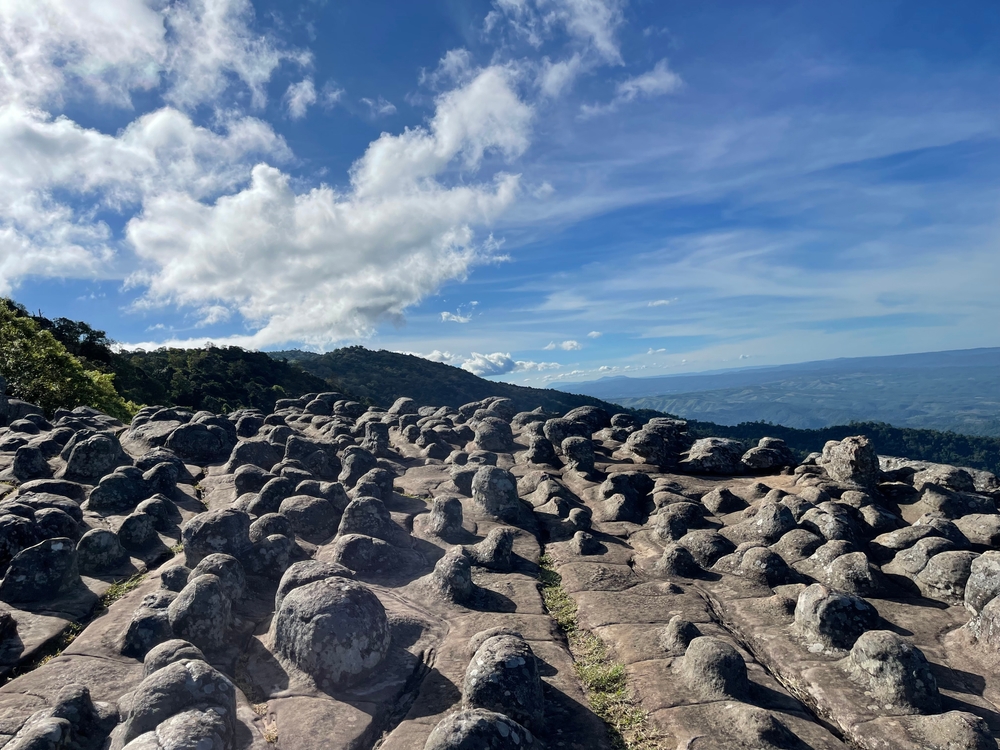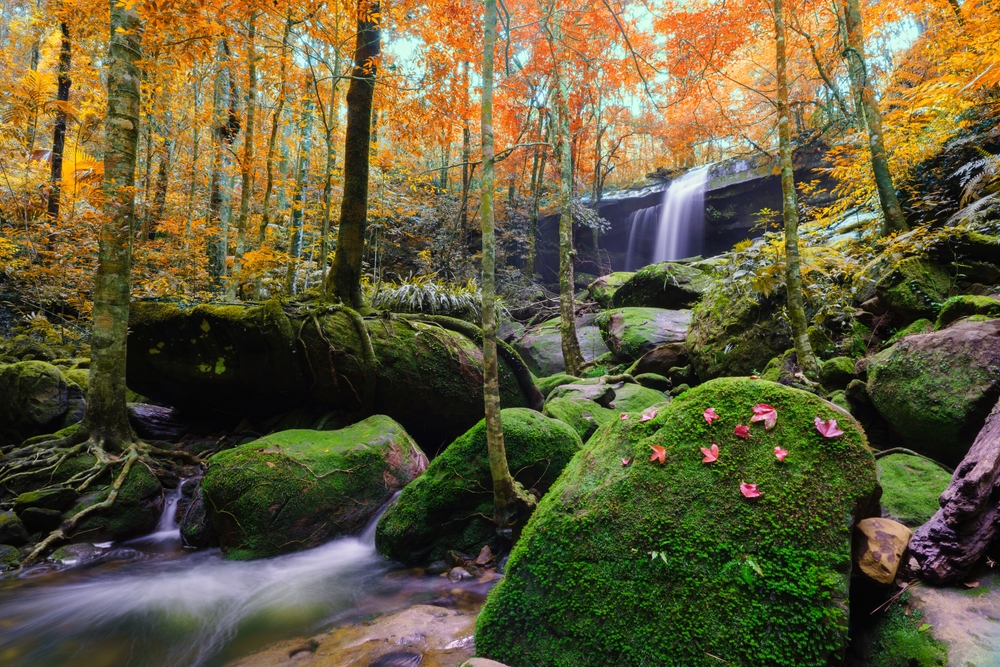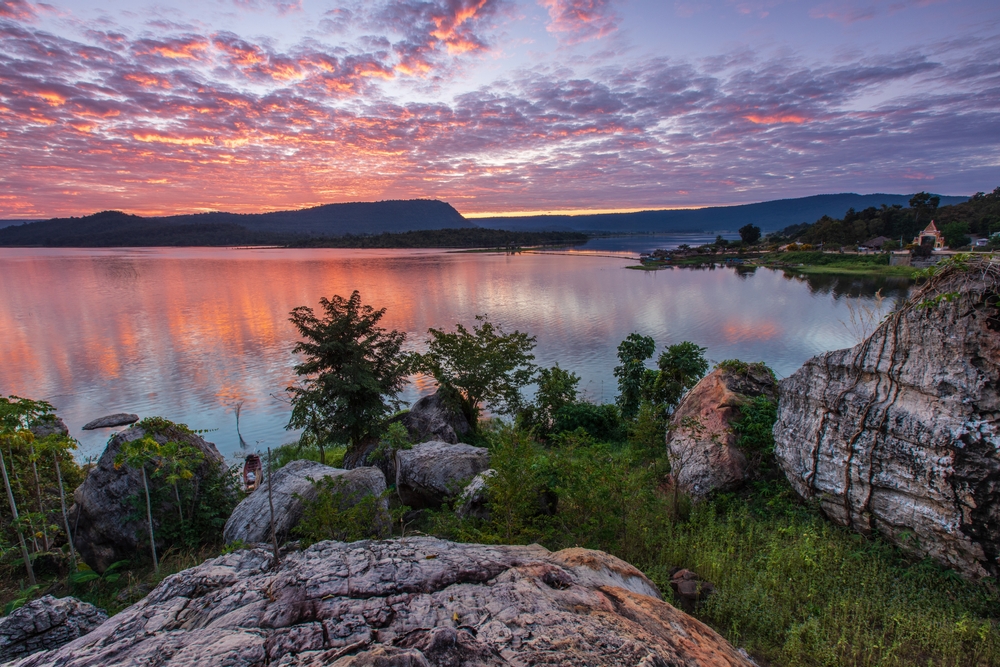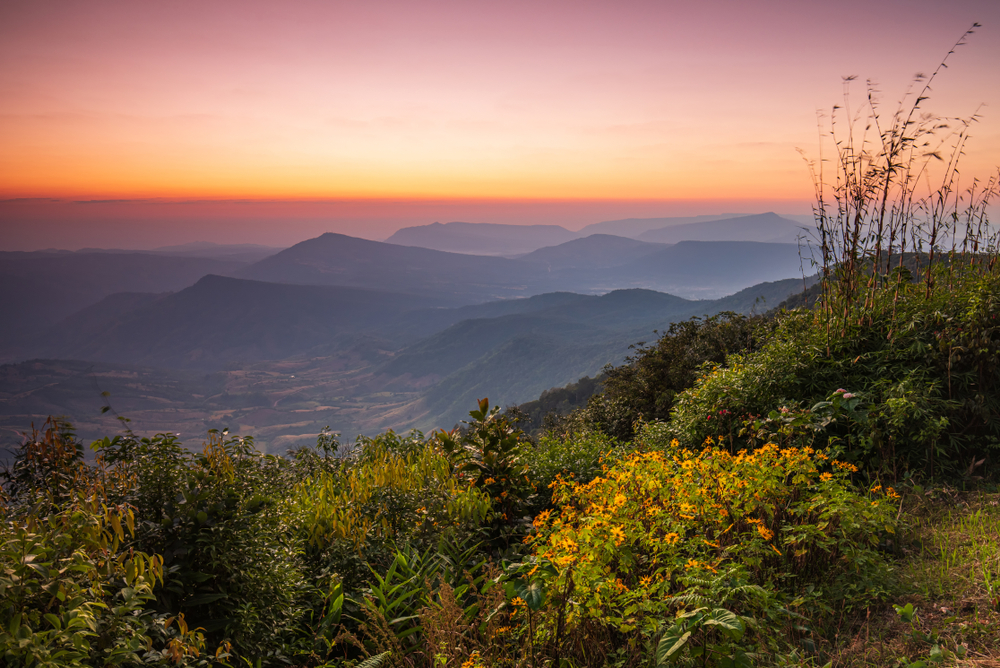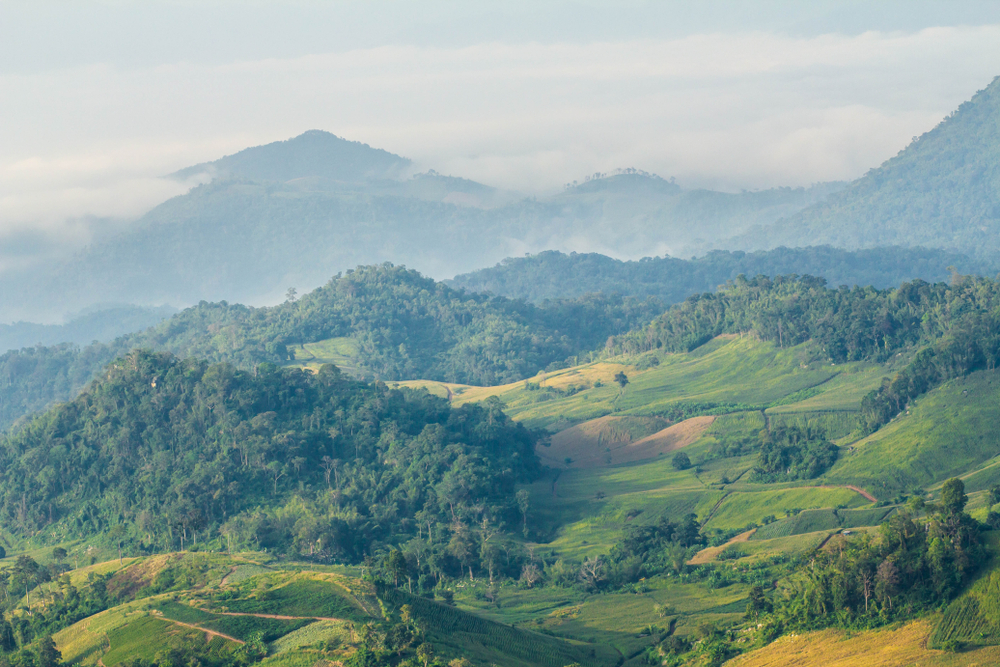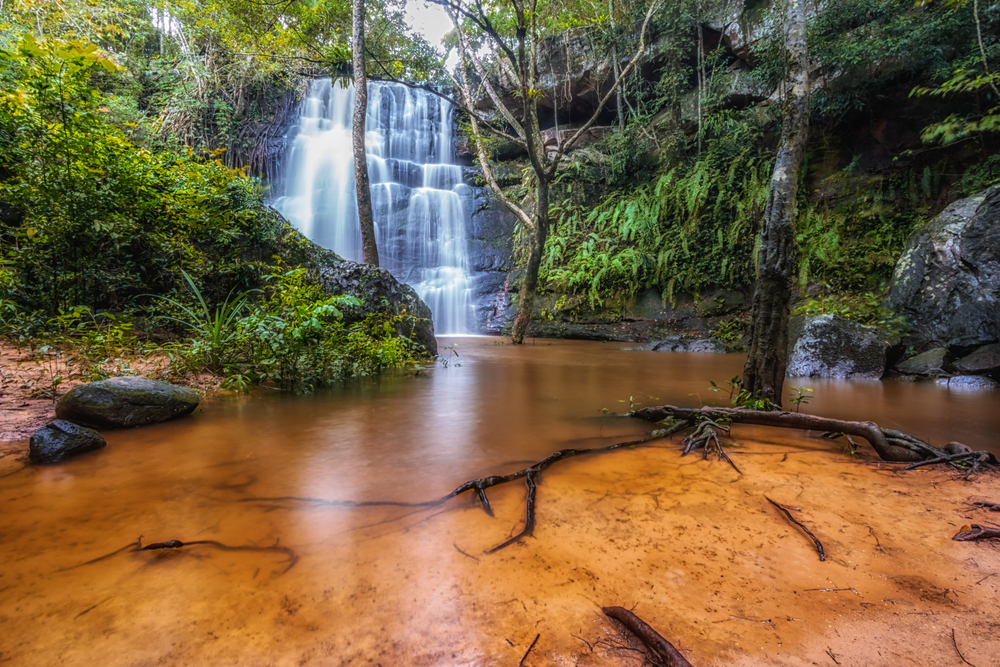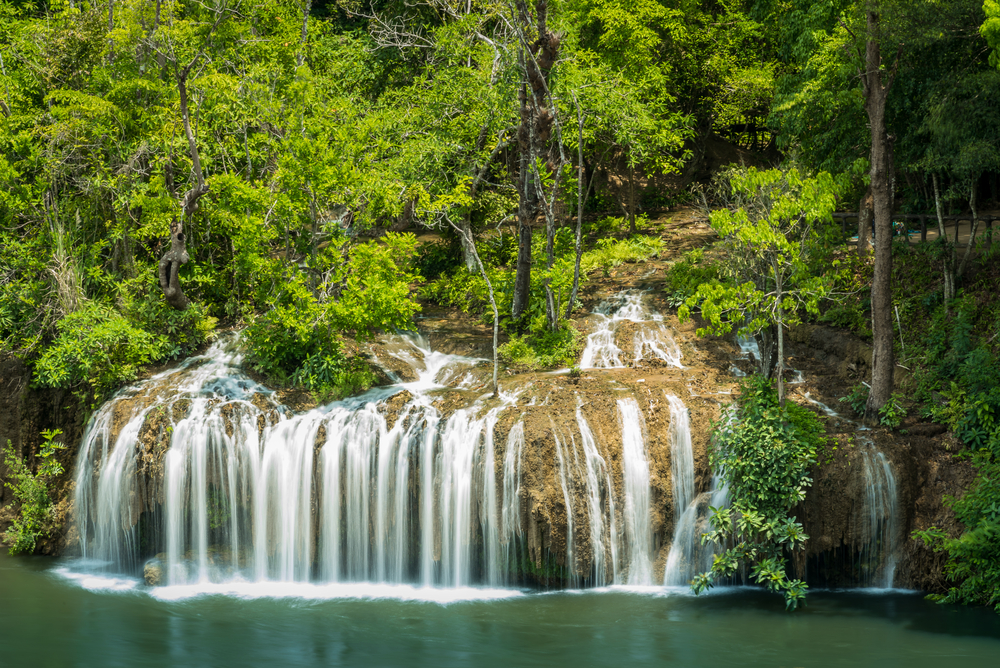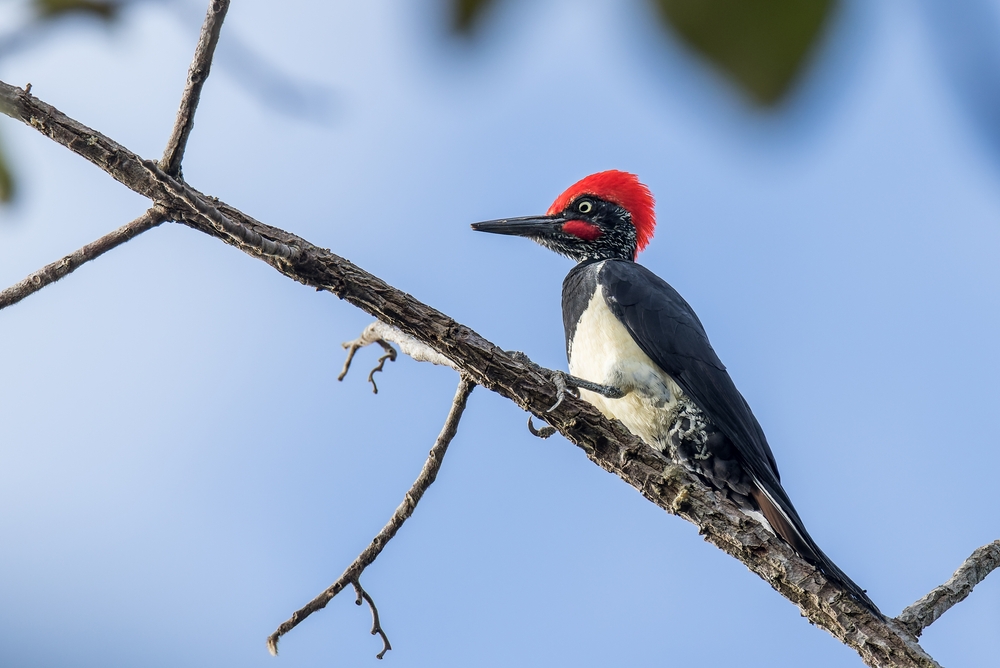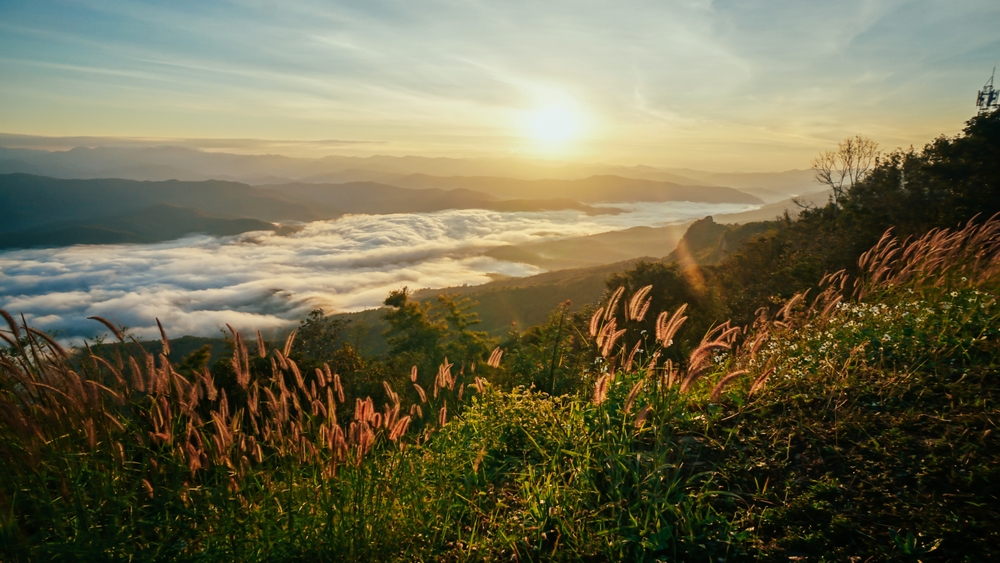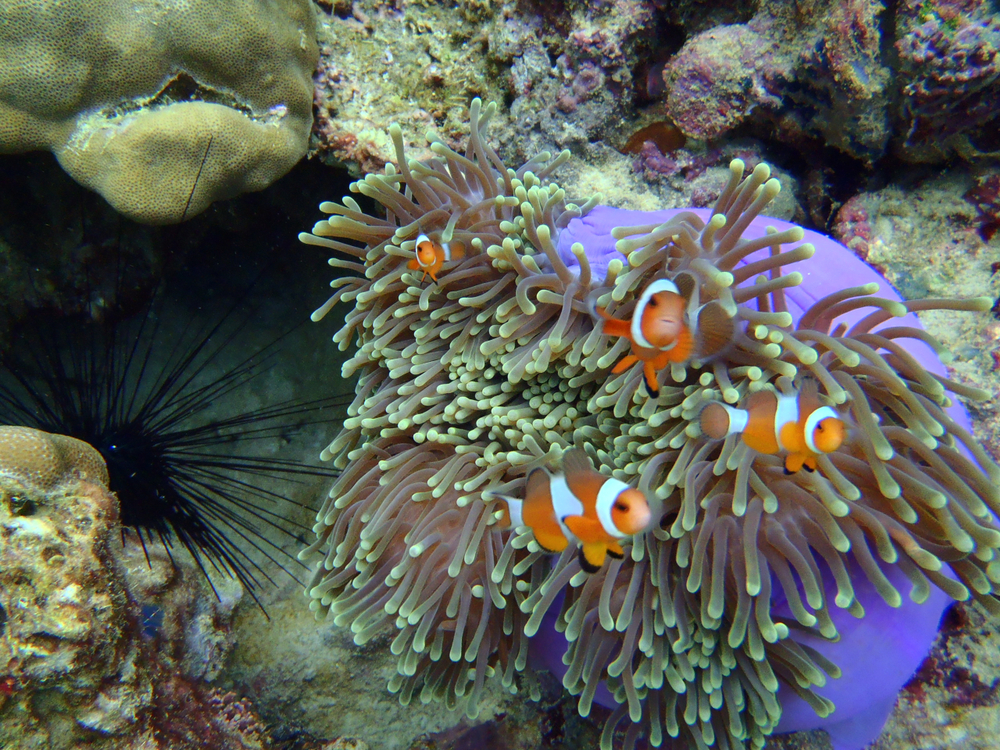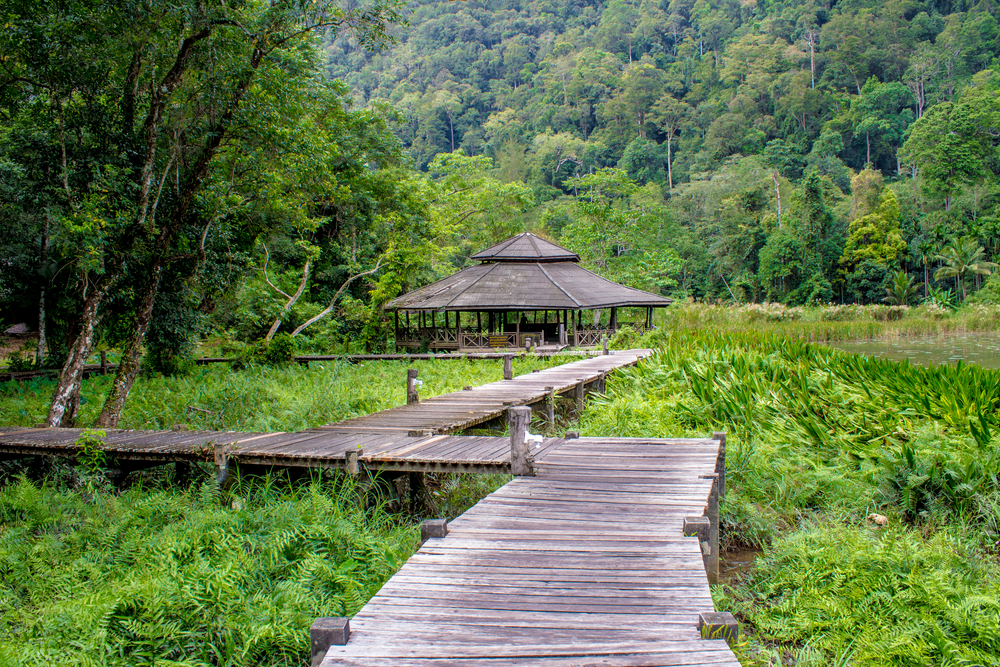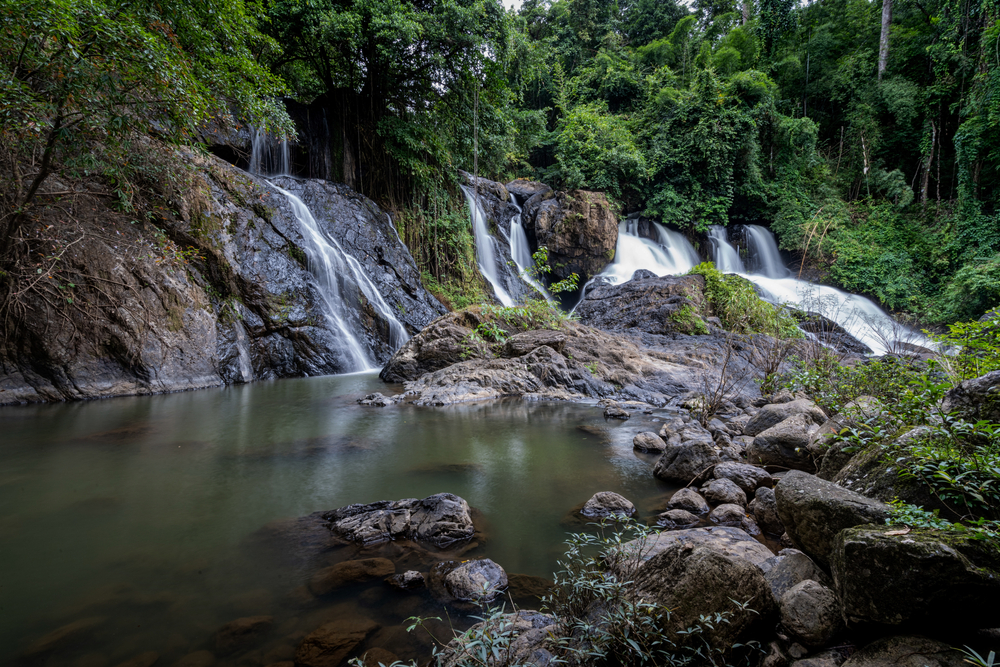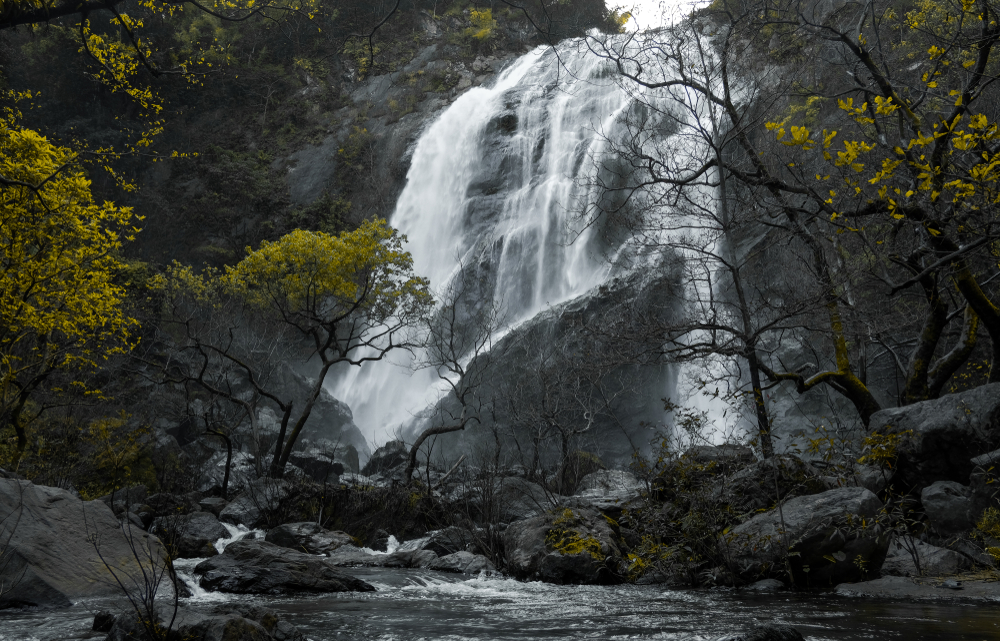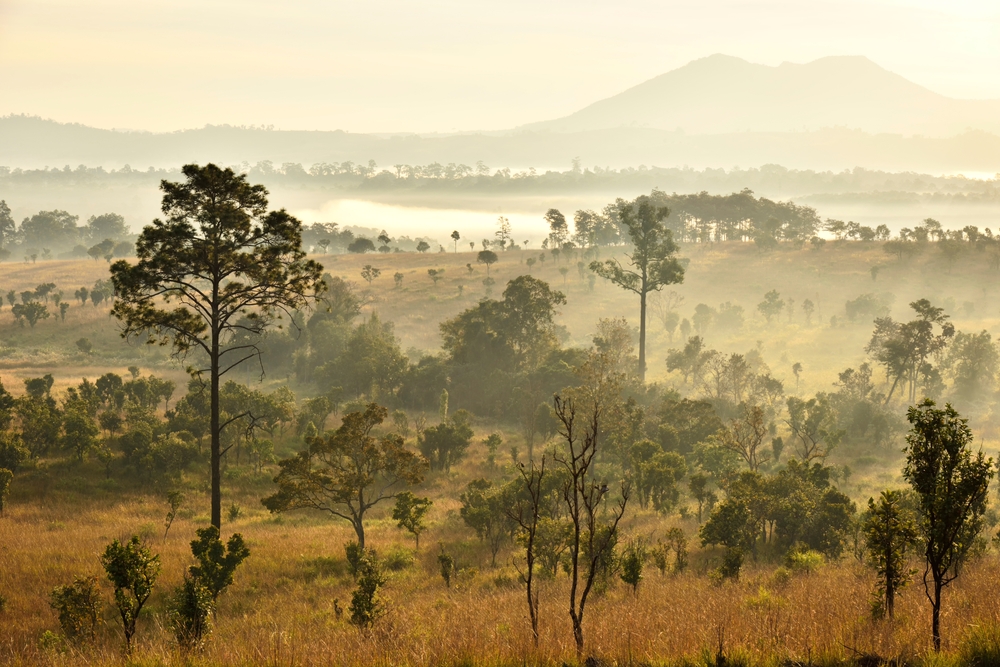Thailand is home to an impressive array of natural wonders, boasting 155 national parks that showcase its ecological diversity and cultural heritage. These parks are spread across the country, representing a mix of tropical rainforests, mangroves, coral reefs, limestone mountains, and waterfalls. Each park contributes to Thailand’s reputation as a biodiversity hotspot, with numerous species of flora and fauna thriving in their natural habitats. Thailand’s national parks play a crucial role in protecting endangered species such as the Asian elephant, Malayan tapir, and Indochinese tiger. They also offer stunning landscapes, unique ecosystems, and opportunities for eco-tourism.
Among Thailand’s many national parks, Khao Yai National Park, Erawan National Park, Doi Inthanon National Park, Ao Phang Nga National Park, and Kaeng Krachan National Park stand out for their popularity and unique attractions. Khao Yai National Park, one of the oldest and most visited, is a UNESCO World Heritage Site. Located in central Thailand, it spans grasslands and forests teeming with wildlife. Visitors are drawn to its iconic Haew Suwat Waterfall, expansive hiking trails, and opportunities to spot wild elephants and gibbons. Its rich biodiversity makes it a critical area for conservation efforts.
Erawan National Park, situated in western Thailand, is famed for the Erawan Waterfalls, a series of seven-tiered cascades that attract nature lovers and photographers alike. The park also features caves and dense forests that are home to various bird species and reptiles. It is a perfect destination for hiking and picnicking, blending scenic beauty with accessibility.
In northern Thailand, Doi Inthanon National Park is known as the “Roof of Thailand” due to its location around Thailand’s highest peak, Doi Inthanon. The park is renowned for its cool climate, stunning waterfalls like Wachirathan, and lush cloud forests. Birdwatchers frequent the park, as it hosts an abundance of rare bird species, while cultural enthusiasts visit the traditional hill tribe villages within its boundaries.
Ao Phang Nga National Park, located in southern Thailand, is famous for its dramatic limestone karsts and emerald-green waters. The park’s most iconic feature is James Bond Island, a towering rock formation that became famous through the 1974 film. Ao Phang Nga’s marine and coastal ecosystems are vital for biodiversity and tourism, with activities such as kayaking through mangroves and exploring sea caves being especially popular.
Kaeng Krachan National Park, Thailand’s largest national park, is a biodiversity haven spanning tropical forests and mountainous terrain along the border with Myanmar. It is home to an array of wildlife, including leopards, sun bears, and over 400 bird species. Conservation efforts here are critical, as the park faces challenges like illegal logging and poaching.
Thailand’s national parks balance natural beauty with conservation challenges, including habitat degradation and human-wildlife conflict. Successes include wildlife corridors and eco-tourism initiatives that raise awareness and fund conservation. Together, these parks reflect Thailand’s commitment to preserving its natural and cultural heritage.










































































